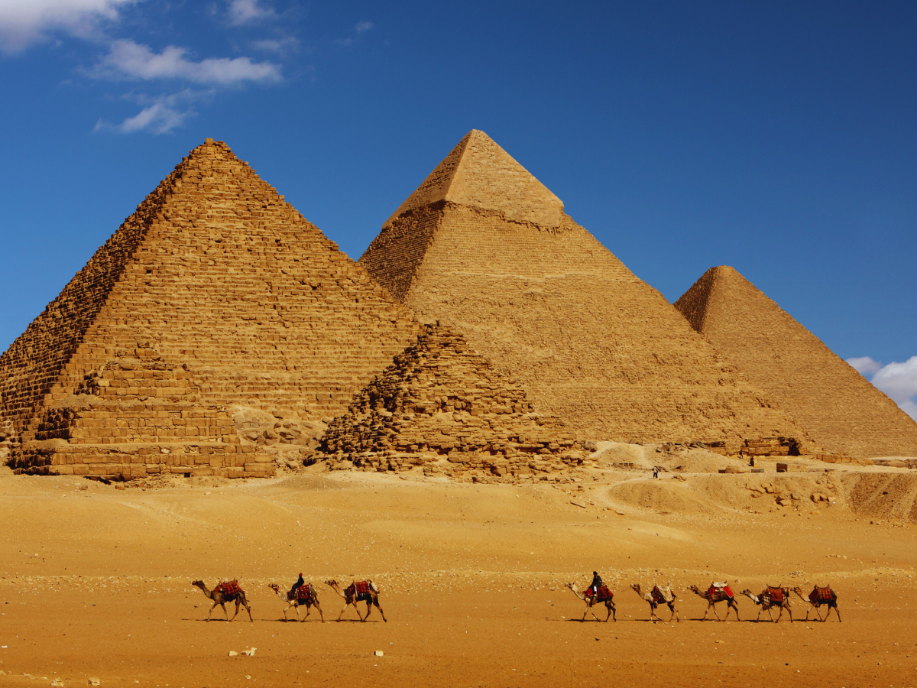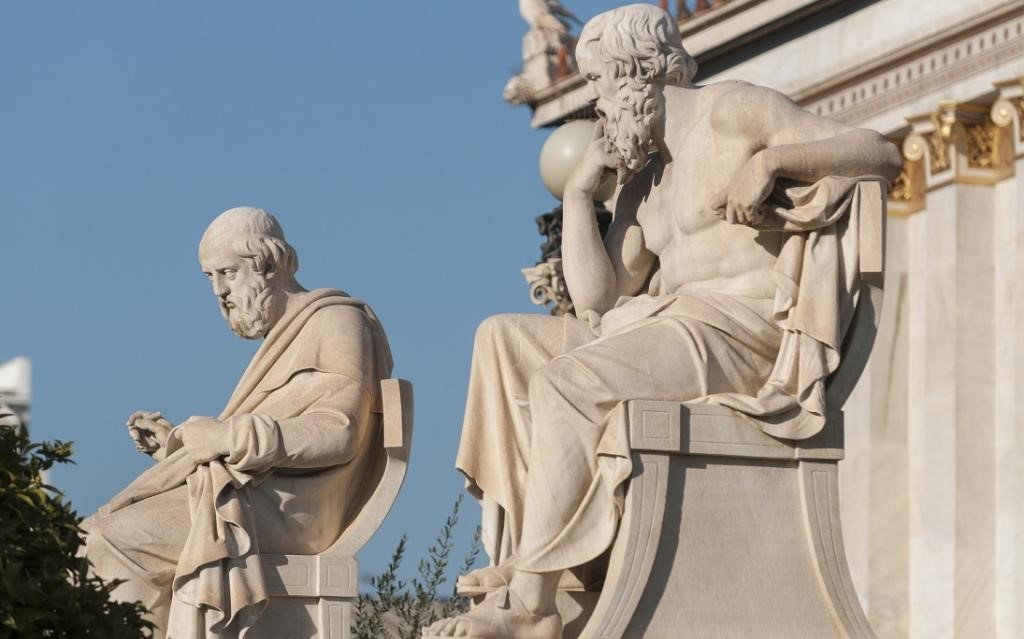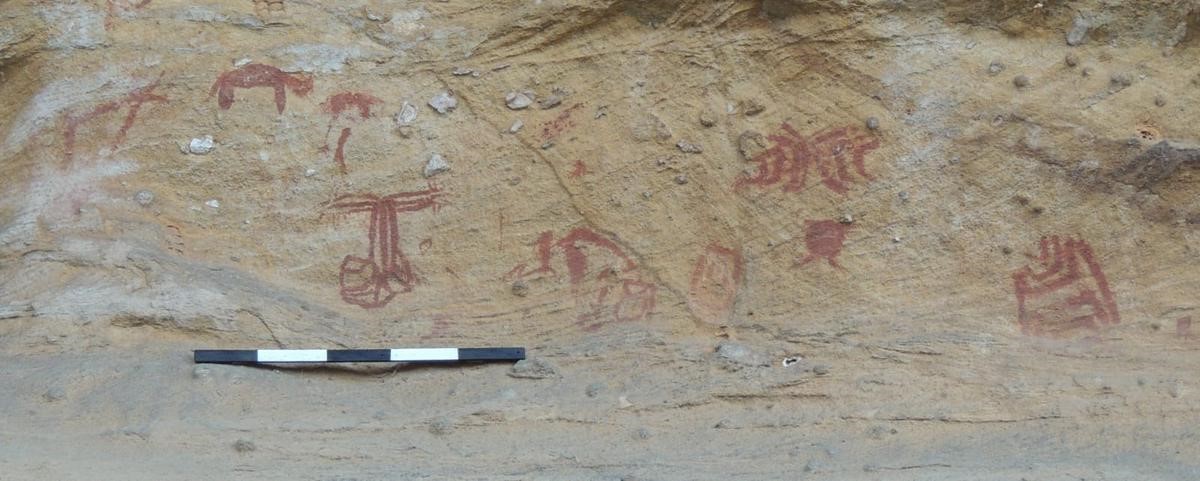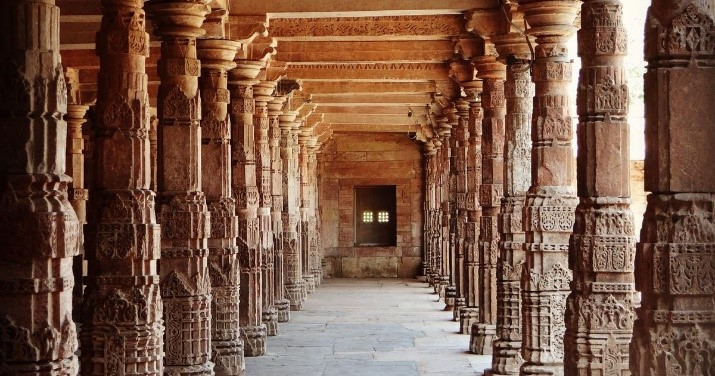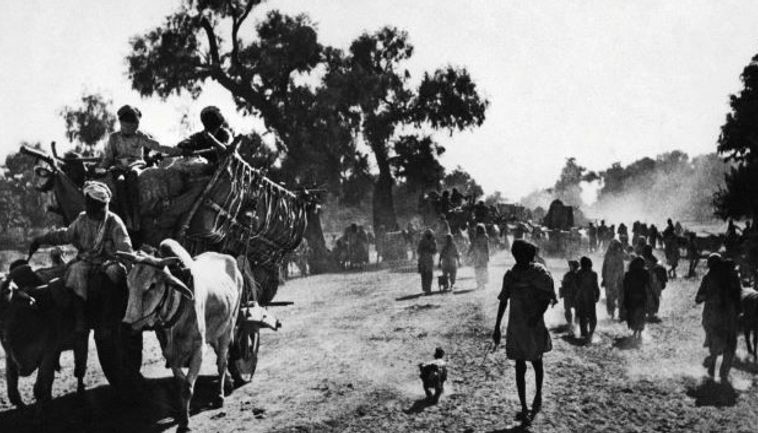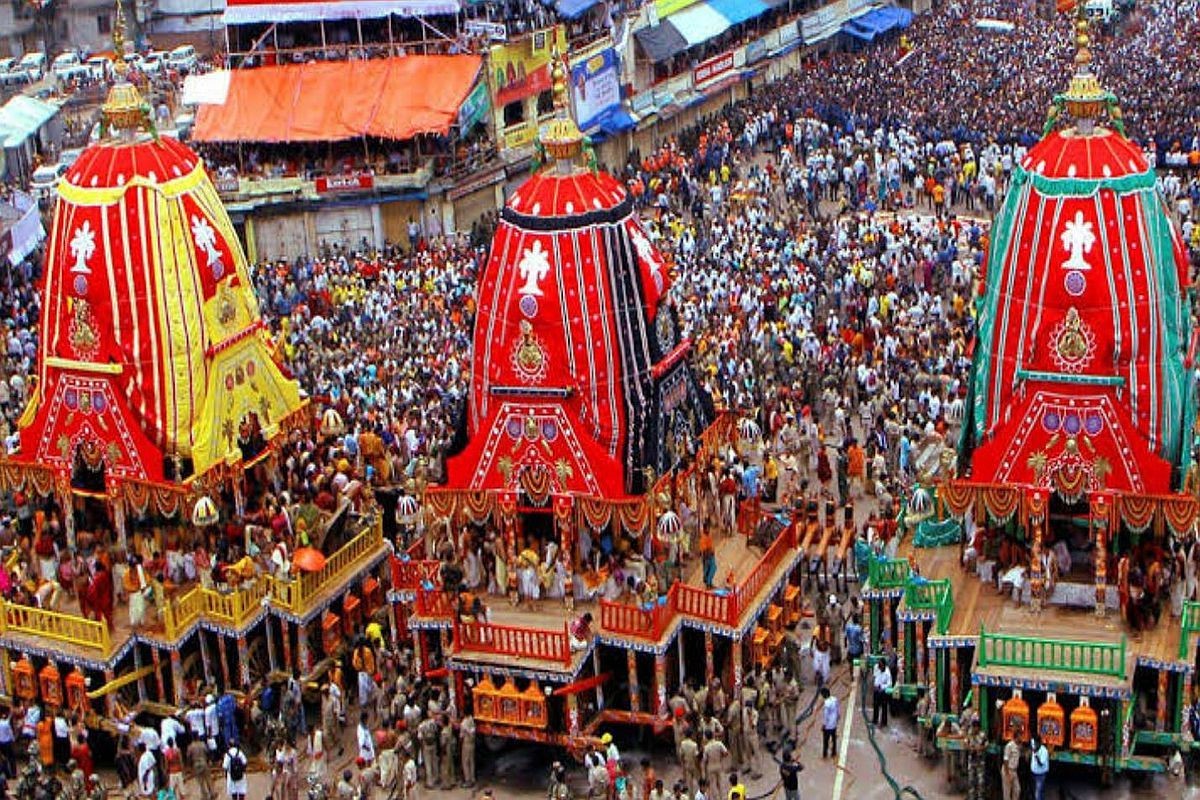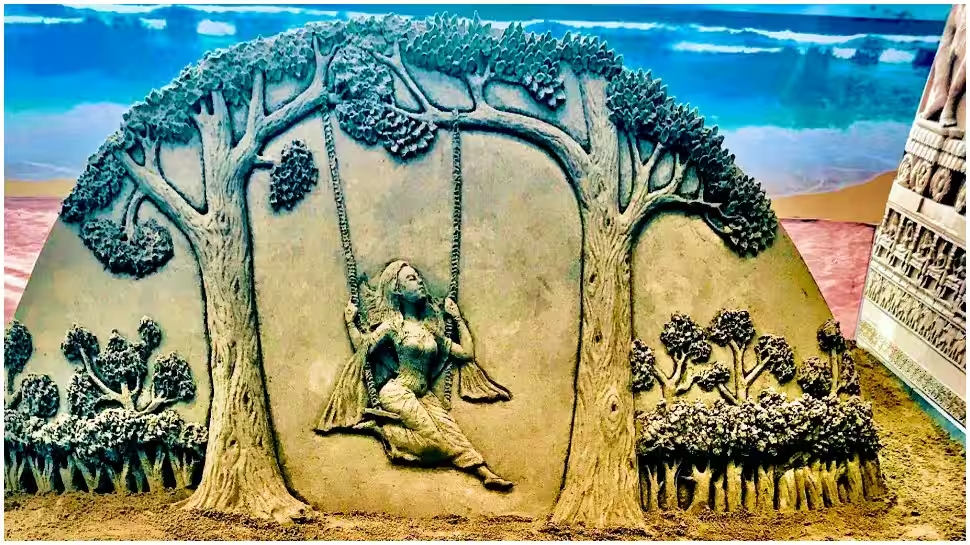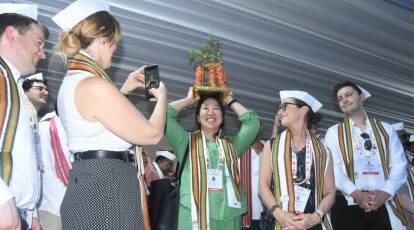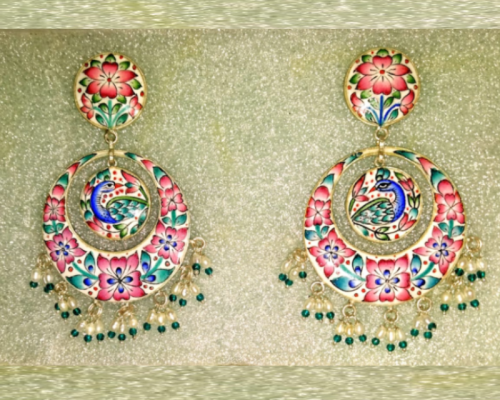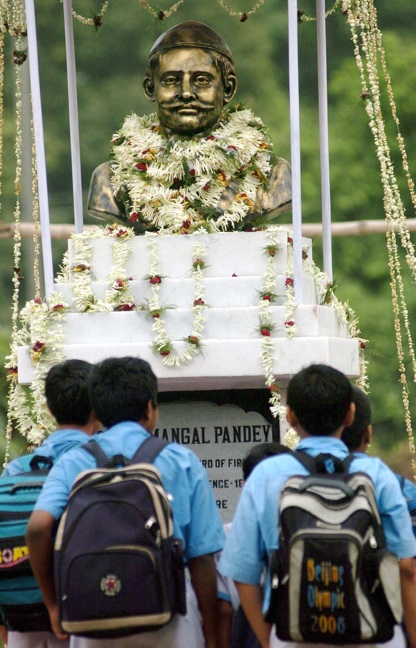Description
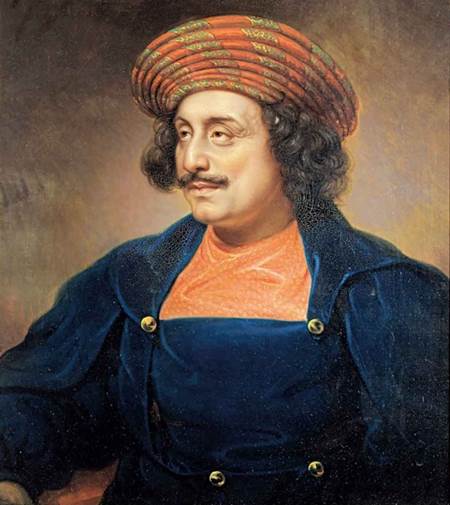
Disclaimer: Copyright infringement not intended.
Context
- To commemorate the year-long celebration of the 250th Birth Anniversary of Raja Ram Mohan Roy, the Ministry of Culture held an inaugural ceremony under Azadi Ka Amrit Mahotsav.
The inaugural ceremony
- The inaugural ceremony took place at Raja Ram Mohan Roy Library Foundation, Salt Lake, Kolkata, and at Science City Auditorium, Kolkata.
- Union Minister of Culture, Tourism and Development of North Eastern Region (DoNER) Shri G. Kishan Reddy joined the ceremony virtually and unveiled an iconic statue of Raja Ram Mohan Roy at Raja Ram Mohan Roy Library Foundation, Kolkata.
- During the two-day event, several other events were also held at Salt Lake, Science City Auditorium, Kolkata. A seminar and quiz program for children and a multimedia presentation on various facets of the life of Shri Raja Ram Mohan Roy.
About Raja Ram Mohan Roy
- One of the most influential social and religious reformers of the 19th century, Ram Mohan Roy, was born on May 22, 1772, in what was then Bengal Presidency’s Radhanagar in Hooghly district.
- Born into a prosperous upper-caste Brahmin family, Roy grew up within the framework of orthodox caste practices of his time: child marriage, polygamy and dowry were prevalent among the higher castes and he had himself been married more than once in his childhood.
- A polyglot, Roy knew Bengali and Persian, but also Arabic, Sanskrit, and later, English. His exposure to the literature and culture of each of these languages bred in him a scepticism towards religious dogmas and social strictures.
- He chafed at practices such as Sati, which compelled widows to be immolated on their husband’s funeral pyre. Roy’s sister-in-law had been one such victim after his elder brother’s death, and it was a wound that stayed with him.
- His education had whetted his appetite for philosophy and theology, and he spent considerable time studying the Vedas and the Upanishads, but also religious texts of Islam and Christianity.
- He wrote extensive tracts on various matters of theology, polity and human rights, and translated and made accessible Sanskrit texts into Bengali.
- He believed religion to be the site of all fundamental changes. What he fought was not a religion but what he believed to be its perversion… (Rabindranath) Tagore called him a ‘Bharatpathik’ by which he meant to say that Rammohun combined in his person the underlying spirit of Indic civilisation, its spirit of pluralism, tolerance and cosmic respect for all forms of life.
https://www.pib.gov.in/PressReleasePage.aspx?PRID=1827447
Telegram channel link - https://t.me/+hJqMV1O0se03Njk9






